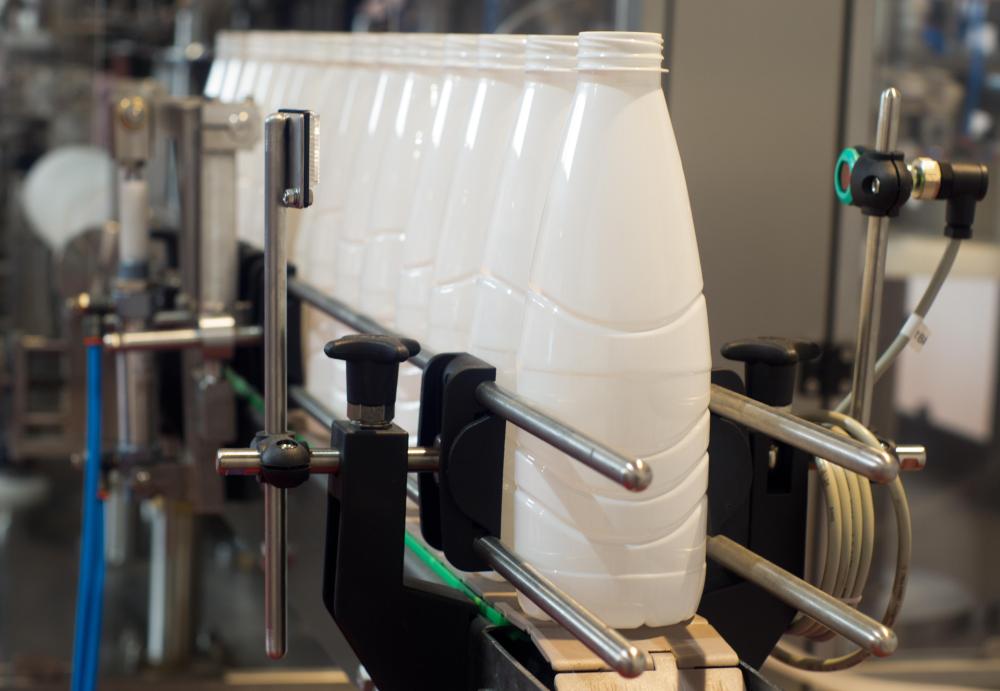At SmartCapitalMind, we're committed to delivering accurate, trustworthy information. Our expert-authored content is rigorously fact-checked and sourced from credible authorities. Discover how we uphold the highest standards in providing you with reliable knowledge.
What is Process Costing?
Process costing is a management accounting cost allocation method used by companies that produce copious amounts of homogenous or extremely similar consumer goods. Examples of these types of companies include food manufacturers, bottling companies, printing companies, and other similar businesses. Companies use process costing to allocate the business costs related to each process of production, because allocating costs to each individual good is too difficult and time consuming. Under cost allocation methods, management accountants determine the cost of operating each individual function used in the production process. The total process cost is divided by the number of items produced during each specific function. The dollar amount resulting from this calculation is allocated to each good produced by the process.
The costs included in each process costing production system relate to the amount of direct materials used to produce goods, direct labor of employees running the process, and the amount of manufacturing overhead used in the production process. Manufacturing overhead often includes indirect materials, indirect labor, and the utilities used to run the production equipment. Each individual process has business costs allocated as goods enter into the production process. The costs are tracked until the goods leave the process and move through the production system.

While production systems usually depend on the type of goods a company produces, similar production processes may be involved in these types of systems. For example, in magazine production, production processes include printing, cutting, and stapling. Each process usually adds costs to the goods produced in a process costing system.
Process costing reports three types of inventories on a company’s financial statements: raw materials, work in process, and finished goods. Raw materials represent any economic resources or business inputs that have yet to be used in the production system. A work in process is a detailed breakout of goods that have been going through the production system but are not yet finished. Work-in-process inventories are valued by the number of processes the goods have gone through and the costs associated with producing the goods up to that point. Production companies may have various levels of work-in-process inventories that are listed on their balance sheet. Finished goods inventories are all goods produced that are available for sale to consumers. This inventories number also includes goods waiting to be moved to distributors or wholesalers.
AS FEATURED ON:
AS FEATURED ON:













Discuss this Article
Post your comments